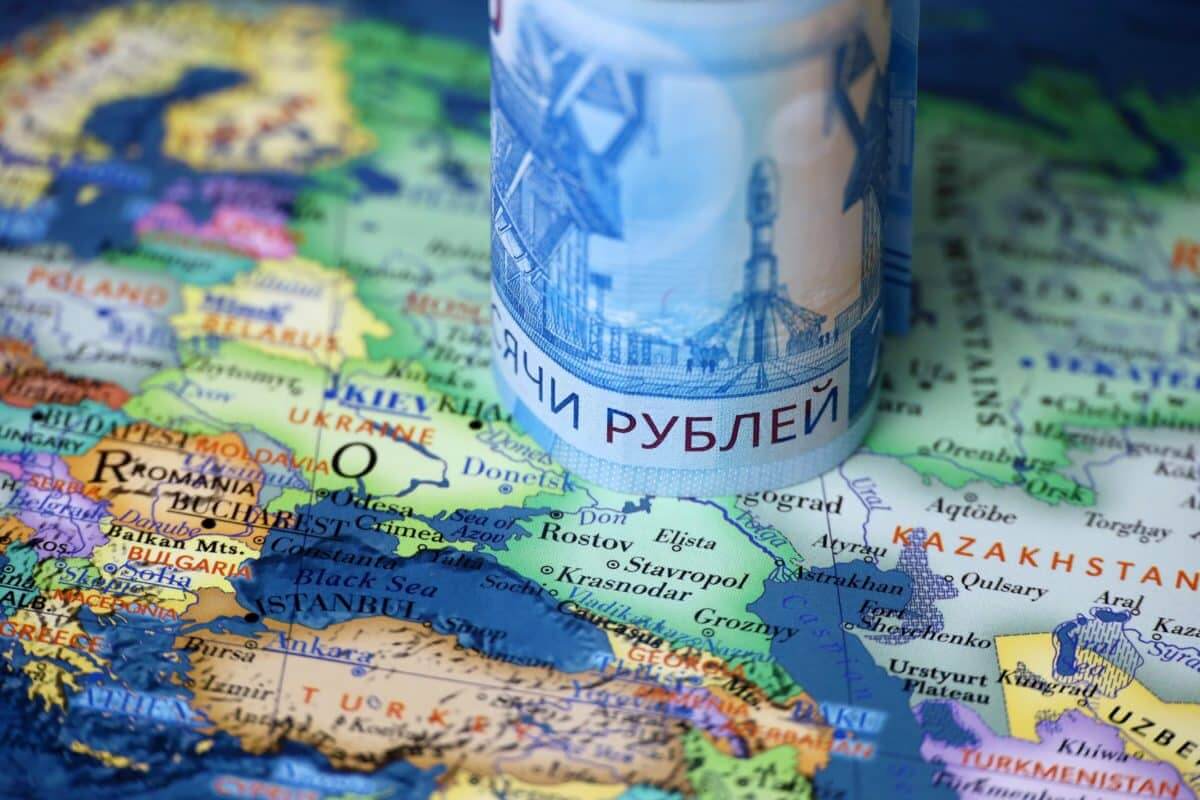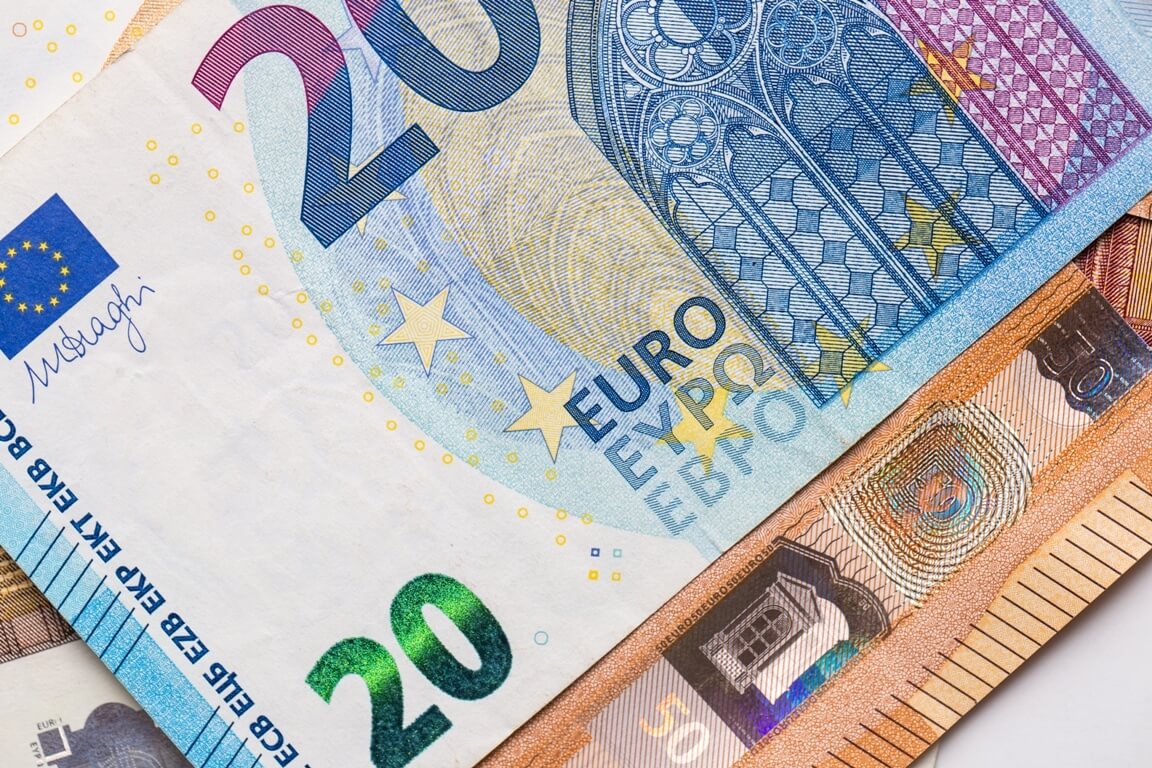
Ruble Woes: Exploring the Recent Decline
In the fast-paced world of global economics, currencies often experience fluctuations that can have a significant impact on nations and their economies. One such currency currently making headlines is the ruble. We delve into the recent decline of the rouble and its implications for the Russian economy and explore the key factors influencing the currency’s performance.
A Tale of Struggling Exchange Rates
The ruble pound exchange rate has been a topic of concern for investors and analysts alike. According to recent reports from Russian economic news, the ruble has fallen to its lowest level against the pound in the past month, raising concerns about the stability of the Russian economy. Hence, this decline has left many questioning the underlying factors behind this trend and its potential consequences.
The Russian economy has been grappling with various challenges, including geopolitical tensions, economic sanctions, and volatile commodity prices. These factors, coupled with the ongoing pandemic, have created an environment of uncertainty, causing investors to approach the ruble with caution. The recent decline in the ruble to pound exchange rate reflects this cautious sentiment.

Ruble to Euro Exchange and the Broader Russian Economy
The global economic landscape plays a crucial role in shaping the performance of currencies. The pound, being one of the major currencies, is affected by its own set of economic indicators and market dynamics. The ruble to pound exchange rate is influenced by factors such as interest rate differentials, trade relationships, political stability, and market sentiment. The interplay between these factors creates a complex web of cause and effect, impacting the value of both currencies.
Furthermore, the rouble is also facing challenges when compared to other major currencies, such as the euro. The ruble to euro exchange rate has also experienced fluctuations in recent times, albeit not as pronounced as its decline against the pound. As the Eurozone remains an important trading partner for Russia, these fluctuations can have implications for trade and economic cooperation between the two regions.
As Russia continues to navigate these challenges, policymakers and market participants will closely monitor the ruble and its performance against other major currencies. Hence, the resilience of the Russian economy and its ability to adapt to changing circumstances will be key in ensuring stability and growth. While the recent decline in the ruble is concerning, it also presents an opportunity for the Russian government to implement reforms and diversify its economy, thereby reducing its dependence on commodity exports.
Unraveling the Ruble’s Decline: Insights into the Complexities of Currency Performance
The recent decline of the ruble against the pound underscores the need for a comprehensive understanding of the intricate factors that influence currency performance. Therefore, by closely monitoring market trends, policymakers and investors can gain insights into the current state of the Russian economy and make informed decisions that contribute to its long-term stability and growth. The ruble remains a crucial component of Russia’s economic landscape, and its trajectory will continue to shape the country’s economic future.




